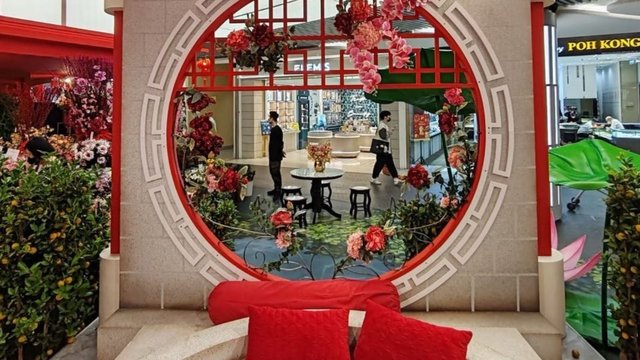China’s Festive Momentum: Tapping into Cultural Trends

China’s cultural calendar is filled with opportunities for brands to engage with consumers. From traditional celebrations like the Lunar New Year to modern shopping phenomena like Singles’ Day, these festivals drive massive consumer engagement and spending. It become massive sale day for shopping platforms too like Shoppee, Temu or Lazada. When they successfully align their marketing with these events, it able to build stronger connections with their audience.
Understanding China’s Cultural Festivals in Marketing
Traditions play a crucial role in shaping the preferences of Chinese consumers, and brands that honor and weave these traditions into their marketing efforts can foster trust among consumers. Below are some major celebrations and how brands have taken advantage of them:
- Lunar New Year: The Biggest Shopping Season : Lunar New Year, also known as the Spring Festival, is the most important holiday in China, where consumers indulge in gifts, food, and travel. Many brands unveil limited-edition products and heartwarming advertising campaigns that focus on family reunions and the theme of prosperity. Nike introduced a Lunar New Year sneaker collection that draws inspiration from traditional Chinese designs, appealing to younger generations who merge contemporary fashion with their cultural heritage.
- 520 Day (China’s Valentine’s Day) : May 20th (520) is widely recognized as a day for expressing love, as 520 sounds like “I love you” in Chinese. This has become a major shopping and gifting day, especially for beauty, jewelry, and luxury brands. Tiffany & Co. launched exclusive 520 collections targeting young couples, using digital campaigns to drive engagement on WeChat and Weibo.
- 11.11 (Single Day/November 11th) : marks the world’s largest online shopping festival, originally established by Alibaba. Brands spend months gearing up for this event, rolling out flash sales, partnering with influencers, and creating engaging livestream shopping experiences. Subsequently due to it success, “double digit sales days” are created throughout the year but none as big as 11.11
Aligning Your Brand with China’s Festive Trends
To effectively harness the festive spirit in China, brands should concentrate on:
- Localized Storytelling : Develop campaigns that merge traditional elements with contemporary goals. With current trends on Wukong which align so well with the lore. Social Media & Influencer Collaborations : Utilize China social platforms such as WeChat, Douyin (TikTok), and 小红书 to connect with audiences.
- E-Commerce Readiness : Enhance your online presence with promotions tailored to the festival and ensure a smooth checkout process. Take Temu or Shopee for example.
- Exclusive & Limited-Edition Releases : Generating a sense of scarcity around festival-themed products can create urgency and boost demand. As Lunar Festival based on 12 Chinese Zodiacs, can utilize on that.
Scaling Global Campaigns with CtrlFire
For international businesses aiming to connect with China’s festival-driven consumer behavior, managing various e-commerce, advertising, and social media accounts can be quite challenging. CtrlFire offers a streamlined solution for marketers to operate in separate browser environments, enabling them to run multiple campaigns across different platforms without facing restrictions or the risk of account bans.
With CtrlFire, brands can effectively test advertisements, analyze local trends, and interact with consumers across a range of digital touchpoints, all while ensuring security and compliance. As China’s festive energy continues to influence consumer behavior, having the right tools at your disposal can significantly enhance the success of your marketing campaigns.
By aligning your brand with cultural trends and utilizing smart digital strategies, you can transform China’s largest celebrations into substantial growth opportunities.